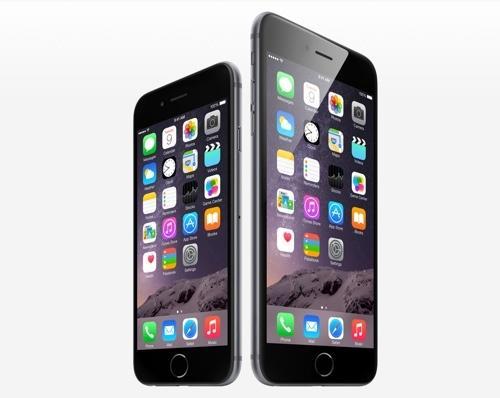
Apple’s iPhone 6 and its new iPhone 6 Plus are officially here, and both are bigger and — if you believe Apple CEO Tim Cook — better than any smartphone in the company’s history.
As we now know, the iPhone 6 is available in two different sizes: a generous 4.7 inches and a massive 5.5 inches. That makes them both significantly larger than the 4.0-inch iPhone 5s.
And with enhancements including a high-resolution screen, an improved camera, and mobile payment capabilities, the iPhone 6 is a serious contender for best smartphone on the market.
But there’s plenty of competition from companies like Samsung, HTC, and Motorola. To see how the iPhone 6 stacks up, we’ve compared it with Samsung’s Galaxy S5 and Galaxy Note 4, HTC’s One M8, andMotorola’s Moto X in a free-for-all smackdown of smartphone superpowers.
How does Apple’s latest handset compare? Let’s take a look.
ScreensThe iPhone 6 and iPhone 6 Plus have an unfair advantage in this category, in that they come in two sizes, 4.7 inches and 5.5 inches.
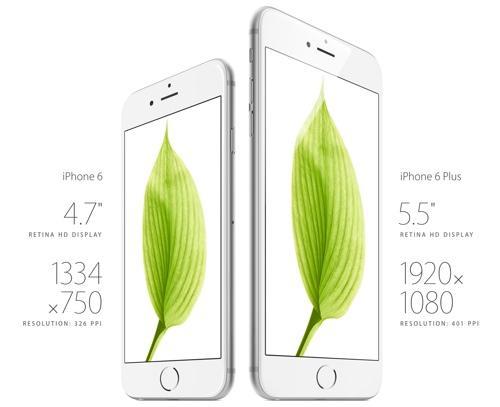
It’s a smart decision, though, as Apple can appeal to both consumers who couldn’t care less about owning a massive smartphone and those who are hungry for more screen real estate.
Apple’s displays also use the company’s new Retina HD technology. That means the 4.7-inch iPhone 6’s screen resolution clocks in at 1334 × 750, while the iPhone 6 Plus’s resolution tops out at 1920 × 1080.
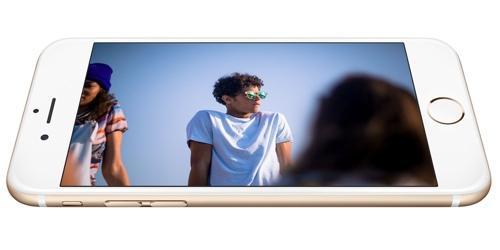
The Galaxy S5, on the other hand, sports a 5.1-inch 1080p display, putting it smack dab in the middle of Apple’s two new iPhones in terms of size. It’s worth noting that the S5’s display is easily one of the most beautiful around, thanks to its active-matrix organic light-emitting diode (AMOLED) display.
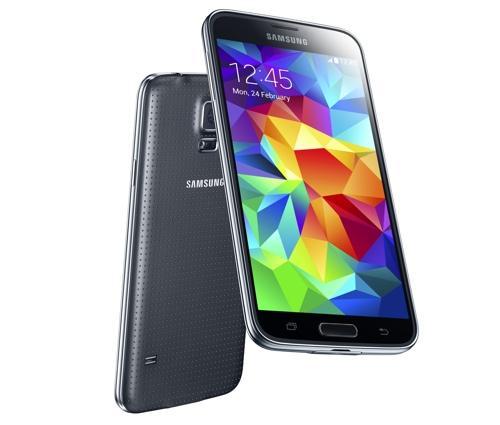
Samsung’s 5.7-inch Galaxy Note 4, meanwhile, aims at consumers who want a phone that’s more like a tablet. (We refuse to call it a “phablet.”) The HTC One M8 and Moto X both sport 5-inch 1080p screens. If you’re judging based on display perfection, in other words, Apple or Samsung look like your best bets.
Apple’s iPhones have long been known for their impressive displays and incredible color accuracy. If the iPhone 6s’s Retina HD screens are anything like Apple’s previous iPhone displays, the iPhone 6 and iPhone 6 Plus may have this category sewn up.
Advantage: Apple iPhone 6 and iPhone 6 Plus
DesignBigger screens naturally mean bigger phones. To keep the iPhone 6 and iPhone 6 Plus from overtaking your pockets, Apple has made both of its new handsets thinner than the iPhone 5s.
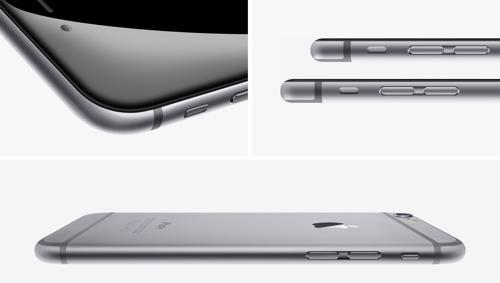
The iPhone 6 measures just 0.27 inches thick, while the 5.5-inch iPhone 6 Plus clocks in at 0.28 inches; both are slimmer than the 0.30-inch iPhone 5s, as well as any of the Android handsets in our competition.
The Samsung Galaxy S5, for example, measures 0.32 inches, while the Note 4 measures 0.34 inches. HTC’s One M8 is 0.37 inches thick, and Motorola’s Moto X is 0.39 inches at its thickest.
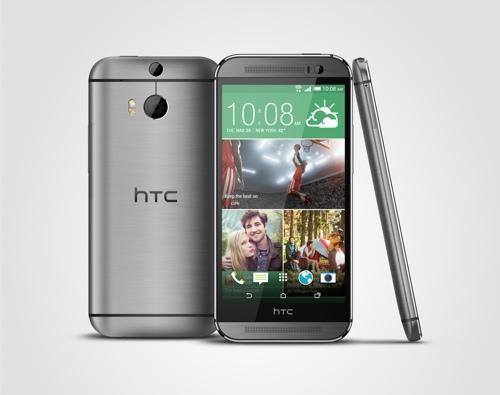
The iPhone 6 comes wrapped in a rounded aluminum body that looks somewhat similar in design to the all-metal HTC One M8. Unlike the One M8, however, the iPhone 6 doesn’t have a curved hump along its back panel.
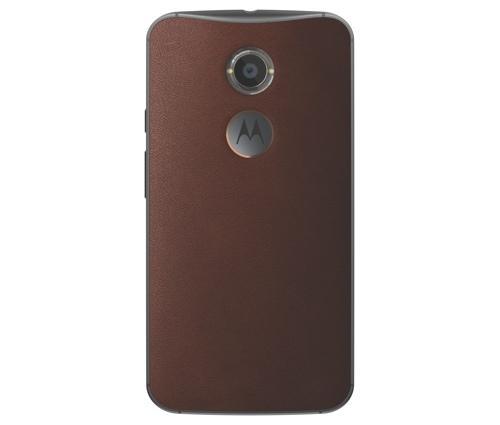
Samsung’s Galaxy S5 sports a plastic chassis, while the Note 4 features a metal frame and plastic back panel. Likewise, the Moto X includes an aluminum frame and a customizable rear plate that can be had in plastic, wood, or even leather.
Apple’s iPhone 6 and iPhone 6 Plus may be unbelievably thin and sleek, but Motorola’s Moto X offers some impressive customization options. Of course, we’ll have to wait until we see the iPhone 6 up close before we give this category to the Moto.
Advantage: Motorola Moto X
CameraApple’s iPhone 6 and iPhone 6 Plus come with the same iSight 8-megapixel camera found on the iPhone 5s. But Apple has made some major improvements to the new cameras with its new iSight sensor with faster autofocus.
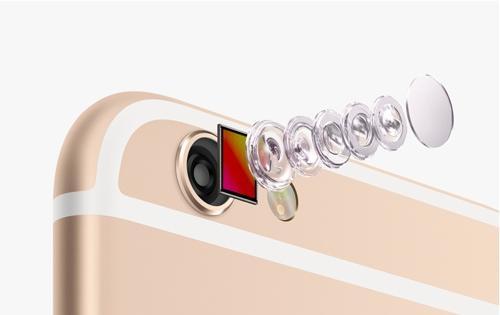
The iPhone 6 comes with digital image stabilization, while the iPhone 6 Plus has optical image stabilization (OIS). Digital stabilization uses software to compensate for camera movement when taking a photo, while optical stabilization physically moves the lens as you shoot to ensure a clear picture. (In other words, optical is better.) The cameras also offer slow-motion capabilities and better face detection.
Samsung’s Galaxy S5 and Galaxy Note 4 both pack 16-megapixel cameras with real-time high dynamic range (HDR), which combines two exposure levels to improve overall image brightness and quality. Both phones let you see how a photo would look when taken with HDR on before you actually capture it. The Note 4 also gets optical stabilization, though the S5 doesn’t.
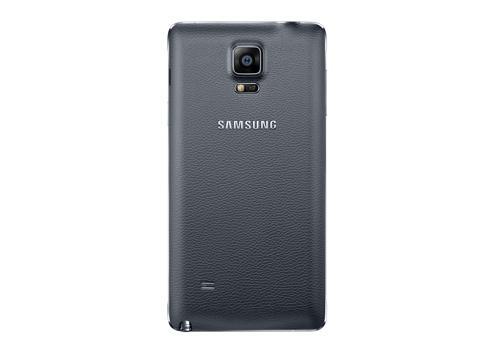
The HTC One M8’s camera uses HTC’s own UltraPixel technology, which translates to about 4 megapixels. Motorola’s Moto X, on the other hand, uses an 13-megapixel camera.
Apple’s iSight camera has been the gold standard for smartphone cameras, and with the iPhone 6 and iPhone 6 Plus offering enhanced versions of the iSight, Apple should take this category with ease.
Advantage: Apple iPhone 6 and iPhone 6 Plus
SoftwareThe iPhone 6 runs Apple’s new iOS 8 operating system, which offers serious improvements over its predecessor, iOS 7. In addition to new notifications and the ability to communicate with your OS X Yosemite-compatible MacBook and Mac, iOS 8 includes Apple’s new HealthKit and HomeKit services.

HealthKit pulls together all your health information from your disparate fitness apps and presents it to you in one convenient location. HomeKit lets you control and monitor your iOS-compatible smart-home devices.
The Samsung Galaxy S5 and Note 5 both run on Google’s Android KitKat but add Samsung’s own customizable (and often overbearing) TouchWiz interface to the mix. Similarly, HTC uses Android KitKat but puts its Sense UI over it. The Moto X, on the other hand, runs a pure version of Android KitKat, ensuring that your experience is exactly what Google intended.
We’ve only seen beta versions of Apple’s iOS 8, though it certainly has some excellent offerings. But Motorola’s pure Android experience is impressive in its own right. For now, this category is up for grabs.
Advantage: Tie
Mobile walletsApple’s iPhone 6 and iPhone 6 Plus are the company’s first devices to use a near-field communication (NFC) chip. The feature allows iPhone fans to make wireless payments via Apple’s new Apple Pay service at participating stores’ checkout counters.
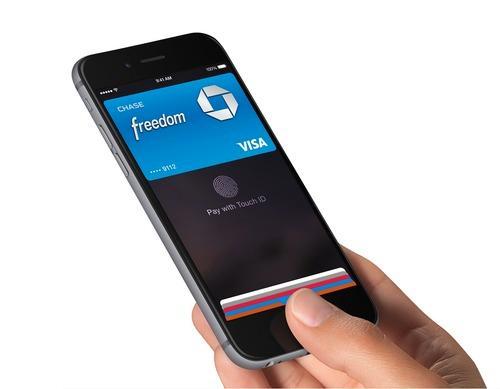
Nothing new here. NFC has been a major part of the Android ecosystem for a while now, allowing users to trade photos, apps, and websites by tapping their phones together. Google also has its own mobile payment system, the appropriately named Google Wallet, that’s compatible with most Android smartphones.
NFC has been available in Android smartphones for quite some time but hasn’t quite taken off. Many analysts say the only way NFC wireless payments would gain traction was with Apple’s help. And now that the iPhone 6 and iPhone 6 Plus have it, our smartphones could finally replace our wallets. But in terms of mobile payment capabilities, this one’s a wash.
Advantage: Tie
Fitness trackingThe iPhone 6 and iPhone 6 Plus come loaded with Apple’s new M8 processor, which can measure how many steps you’ve taken and how far you’ve run, whereas its built-in barometer can detect how high you’ve climbed. Those sensors are tied into iOS 8’s new HealthKit features.
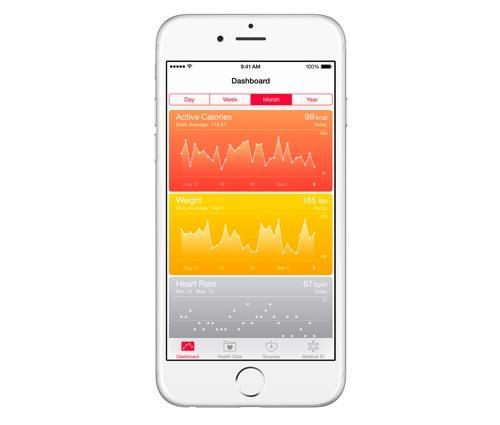
Samsung’s Galaxy S5 and Note 4 both offer the company’s S Health app and built-in pedometers and heart-rate monitors. HTC’s One M8 and the Moto X don’t offer any built-in health features, though you can download third-party apps for the handsets.
The iPhone 6’s built-in pedometer and barometer, paired with its ability to pull in all the information from your various health apps, give this category to Apple — no sweat.
Advantage: Apple iPhone 6 and iPhone 6 Plus
Battery lifeTo power the new, larger iPhone 6 and iPhone 6 Plus, Apple has bumped up the size of its phones’ batteries, which should theoretically allow them to run all day without running out of juice. Both the Galaxy S5 and HTC One M8 offer equally powerful batteries, however, that last throughout the day and then some.
The Moto X’s battery will get you through most of the day as well. We haven’t been able to test the Note 4’s battery just yet, as the phone is still unavailable.
The Galaxy S5 offers one of the longest-lasting batteries of any smartphone on the market. Apple says the iPhone 6 will have a longer-lasting battery, and the Note 4 is also sure to have a serious power plant, but based on current numbers, the Galaxy S5 is the winner here.
Advantage: Samsung Galaxy S5
[Source]

No comments:
Post a Comment